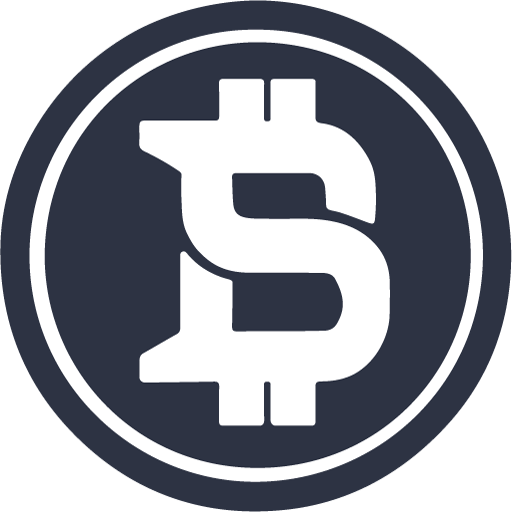(The time point of the numbers in this article is 2022.3.12. Twitter: @observerdq )
For most Stablecoin(whether it is the early DAI/USDN/USDP/LUSD, or the later MIM), the process of printing money/mint is essentially the same, providing some kind of token (more than or equal to $1) to the agreement, Get the corresponding Stablecoin with a face value of $1. The Frax protocol was the same in the early days, until his Curve AMO was put into operation, and the process of printing money/mint changed fundamentally.
Let's look at the basic data first.
Frax currently has a circulation of 2.9 billion.
In the history of the Frax protocol, a total of about 2 billion Frax were printed and directly injected into Curve. This part of the Liquidity is basically still in the Curve Frax3Crv pool. Note that the 2 billion Frax money printing process is printed out of thin air, not the original money printing method of the Frax protocol (providing part of the USDC + part of the FXS model to make up $1 to print). This also means that the bulk of Frax's circulation is printed out of thin air.
Currently there are 1.7 billion Frax and 1.4 billion 3Crv in the Curve Frax3Crv pool.
Here is a brief review of this gameplay.
1. Circulation is not the key, but circulation (that is, the amount owned by users other than the agreement party) is the key. Although an astonishing amount was printed out of thin air, it did not enter circulation, but just lay in the AMM and still belonged to the agreement. For the part of the Stablecoin in circulation, the mortgage support behind it is still stable. It is the AMM that makes this play possible.
2. The historical changes of the Curve Frax3Crv pool can be abstracted and approximated into two main lines. The core of a mainline is that external LPs inject 3Crv for mining. The external LP injected nearly 800 million 3Crv (the 3Crv injected by the Frax protocol is negligible). Corresponding to the 800 million 3Crv, the Frax protocol and others injected almost equivalent Frax together. The significance of this main line to the Frax protocol party is that it can participate in Curve War in a special way, which will not be expanded here (see a discussion in a Twitter ). Another main line is to circulate Frax through the Curve pool. The Frax protocol party and others injected a net of 1.5 billion Frax, and external users exchanged nearly 600 million Frax with DAI/USDC/USDT. This main line corresponds to the process of the Frax printed out of thin air by the Frax protocol party entering circulation. Of course, it is also creating mining revenue for the protocol along the way.
Below, some explanations will be given to the above-mentioned gameplay. In order to make the explanation easier to understand, I made a virtual scene to simplify many complex aspects in the real situation.
The virtual scene is as follows. After the launch of the Frax protocol, the mortgage rate has stabilized at 90%. Users provided 90% USDC + 10% FXS and minted 100 million Frax. At this time, the Frax protocol has 90 million USDC. After that, the Frax protocol printed 90 million Frax out of thin air, merged its 90 million USDC, and put them into the Curve Frax3Crv pool together. The LP of this pool only has the Frax protocol, and the Frax in the pool is in a non-circulating state. At this time, Frax流通量为1亿,Frax协议拥有0.9亿USDC抵押物.
The first question is raised, what does it mean for users to use Curve Frax3Crv pool and replace Frax with 3Crv? In fact, it can be equivalent to minting Frax with 100% USDC collateral for users, which makes the proportion of collateral owned by the Frax protocol exceed 90%. For example, if the user uses 100 million USDC to exchange 100 Curve pool中还剩0.8亿Frax、1亿USDC,Frax流通量为1.1亿(增加了这换出的0.1亿),Frax协议拥有1亿USDC抵押物(增加了用户换进Curve pool里的0.1亿),USDC抵押物/Frax流通量的比例为90.9% , which has become higher.
Therefore, there is no need to worry too much about the Frax printed out of thin air before it enters circulation. The process of this part of Frax entering the circulation is precisely the process of the gradual increase of the USDC collateral ratio of the Frax protocol, which further stabilizes the currency price foundation of Frax. When this part of Frax that enters circulation is sold back to the Curve pool by the user and replaced with 3Crv, the collateral ratio of the Frax protocol will only return to the starting point of 90% at worst.
The second question is raised, if the user takes the first batch of minted 100 million Frax and uses the Curve pool to exchange for 3Crv, what does it mean? At this time, there will indeed be problems. This exchange is equivalent to the user exchanging USDC with Frax 1:1, which will weaken the collateral ratio of the Frax protocol. For example, the user uses the first batch of minted Frax of 100 million, and takes it to the Curve pool to exchange for 10 million USDC. At this moment, Curve pool中还剩1亿Frax、0.8亿USDC,Frax流通量为0.9亿(减少了这兑换使用的0.1亿),协议拥有0.8亿USDC抵押物(减少了用户从Curve pool换出的0.1亿),USDC抵押物/Frax流通量的比例为88.8% 90%, may have an impact on the stability of Frax.
The root of the second problem is that the Frax protocol also puts its own USDC collateral into the Curve pool. The real situation is that the Frax protocol is almost simply injecting out-of-the-box Frax into the Curve pool, and the injected 3Crv is negligible, which makes the Frax protocol not face the troubles I assumed. Of course, to achieve this, it means that the Frax protocol needs to be able to mobilize external LPs, so that external LPs can be encouraged to inject 3Crv into the Curve pool. This is the topic of the Curve War category.






